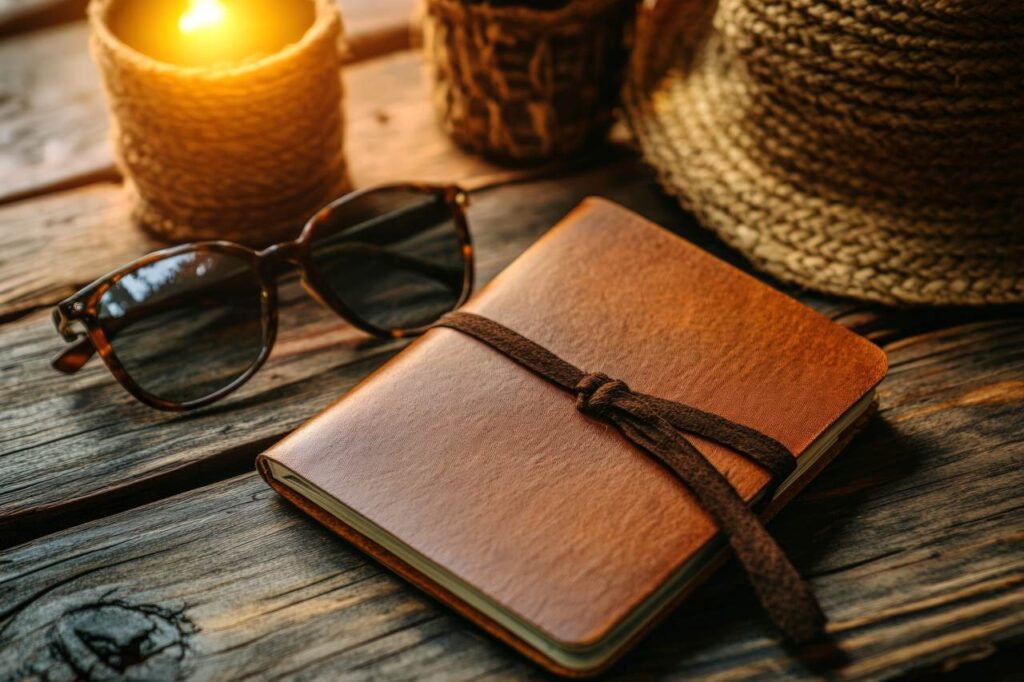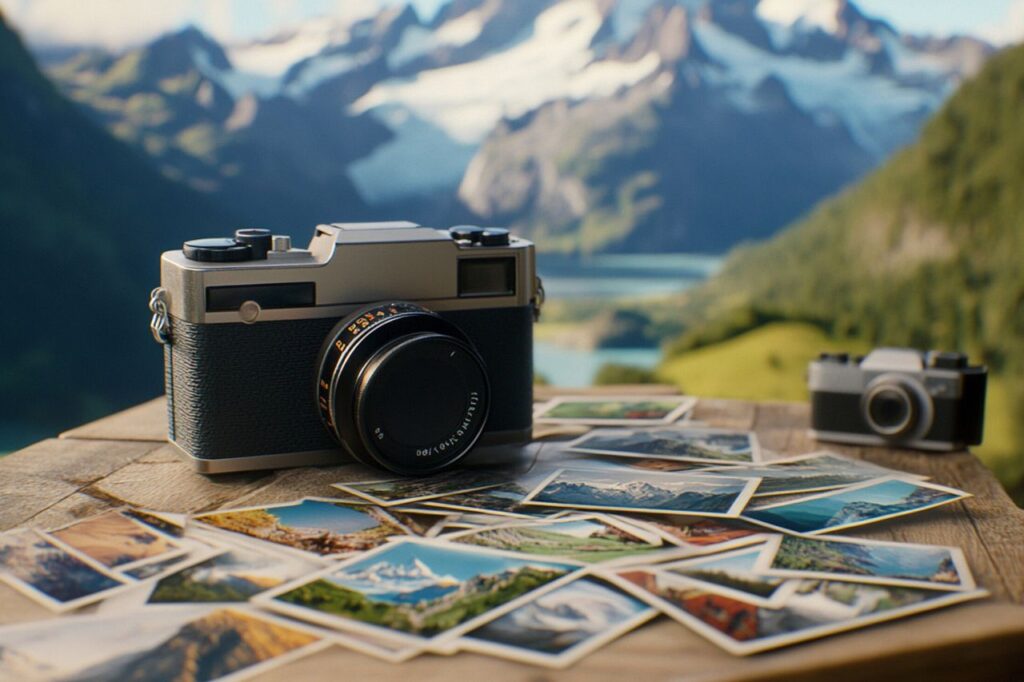
Travelling leaves you with countless fleeting impressions – sounds, scents, colours, and tiny moments that photographs can’t always capture. A travel journal is where those fragments become something lasting. For beginners, the thought of filling blank pages can feel intimidating, yet the process is less about perfect artistry and more about creating a record you’ll actually want to revisit.
The question isn’t whether you “can” keep a journal. The real question is how to approach it so it becomes an enjoyable companion rather than a chore. That’s where a beginner’s guide matters: stripping away the pressure and showing you a practical path forward.
Why Start A Travel Journal In The First Place?
Not only is a journal a keepsake, but it changes the way you travel. Writing forces you to notice details that slip past otherwise – the faded paint on a shopfront, the overheard joke in a café, the taste of fruit that never tastes the same back home. Without a place to preserve them, those experiences blur together.
There’s also something about handwriting that slows you down. Phones capture data; a journal captures reflection. And when you return, you don’t just have ticket stubs or photos. You have the context and commentary that make sense of them.
What Do You Actually Need To Begin?
The temptation is to overcomplicate this with stationery shopping lists and elaborate layouts. In reality, the essentials are minimal:
- A notebook you like enough to carry.
- A pen that won’t leak through pages.
- A method of keeping loose pieces (pockets, tape, or glue).
That’s it. Everything else – watercolours, washi tape, elaborate stencils – is optional. Maybe you’ll add them later, maybe not. The important step is removing excuses. If you’re waiting until you have the “perfect” supplies, the trip will end before you’ve even started writing.
How To Make A Travel Journal That Actually Works
This is where most beginners stumble. They imagine their journal as a flawless scrapbook, part art piece and part novel, and the result is paralysis. A better approach is to design your journal as a living record, flexible and forgiving.
Write Small, Write Often
Don’t wait for a spare evening to write a full account of the day. Capture fragments when they’re fresh: the smell of the fish market, the sound of rain hitting tin roofs. Short entries accumulate into something more vivid than a single long narrative written in hindsight.
Mix Text With Tangibles
Glue in receipts, tickets, or wrappers. Sketch a doorway. Press a flower between pages. The texture of these objects does what words sometimes can’t. It’s not only writing – it’s evidence.
Keep It Imperfect
There will be spelling mistakes, smudges, and messy handwriting. That’s not failure; it’s authenticity. A pristine journal often signals one that’s never been used.
How Can You Keep It Interesting Over Time?
It’s easy to start with enthusiasm and then lose momentum. The trick is variety. Try shifting formats: one page can be a list of meals, the next a quick sketch, the next a reflection on a conversation.
Think of prompts you can repeat, such as:
- “The best thing I ate today…”
- “The strangest sound I heard…”
- “Something I didn’t expect…”
These prompts don’t just keep you writing – they train your attention on moments you might otherwise dismiss.
Where Do Photos Fit Into All This?

Photos belong in a travel journal, but not as decoration alone. Pair each image with commentary. Why does this moment matter? What’s outside the frame? That’s where your journal elevates a simple album into a story. And if you want to go beyond snapshots, consider learning a few tips for better travel photos so the images you include feel as vivid as the memories you’re writing about.
How Does A Journal Compare To Digital Tools?
It’s fair to ask why not simply blog or post on social media. Those have their place – but they edit the story for an audience. A journal is unfiltered. No algorithms, no performance. Just you shaping memory into something tangible.
At the same time, it doesn’t have to be an either–or choice. You can keep a handwritten journal and later adapt fragments into digital form. Often the private notes spark better captions, articles, or reflections online.
When Does It Become More Than Just Notes?
Somewhere along the line, usually without noticing, the journal shifts from being an obligation to being a ritual. The pages accumulate until they resemble a map – not of geography, but of perception.
And occasionally, a journal does more than preserve memory. It shapes decisions. Looking back, you may find patterns in the places that energised you or the ones that drained you. That’s guidance for future journeys, even for your next unforgettable island adventure.
Closing Thoughts
Learning how to make a travel journal is less about craft and more about habit. Start small, use what you already own, and accept the messiness. Not only does the process sharpen your awareness, but it also creates a record you’ll value long after the trip ends.
There’s no final template to follow – no perfect layout or guaranteed method. What matters is that the journal exists, and that it reflects the way you experienced the world. In the end, those pages will outlast almost everything else.

